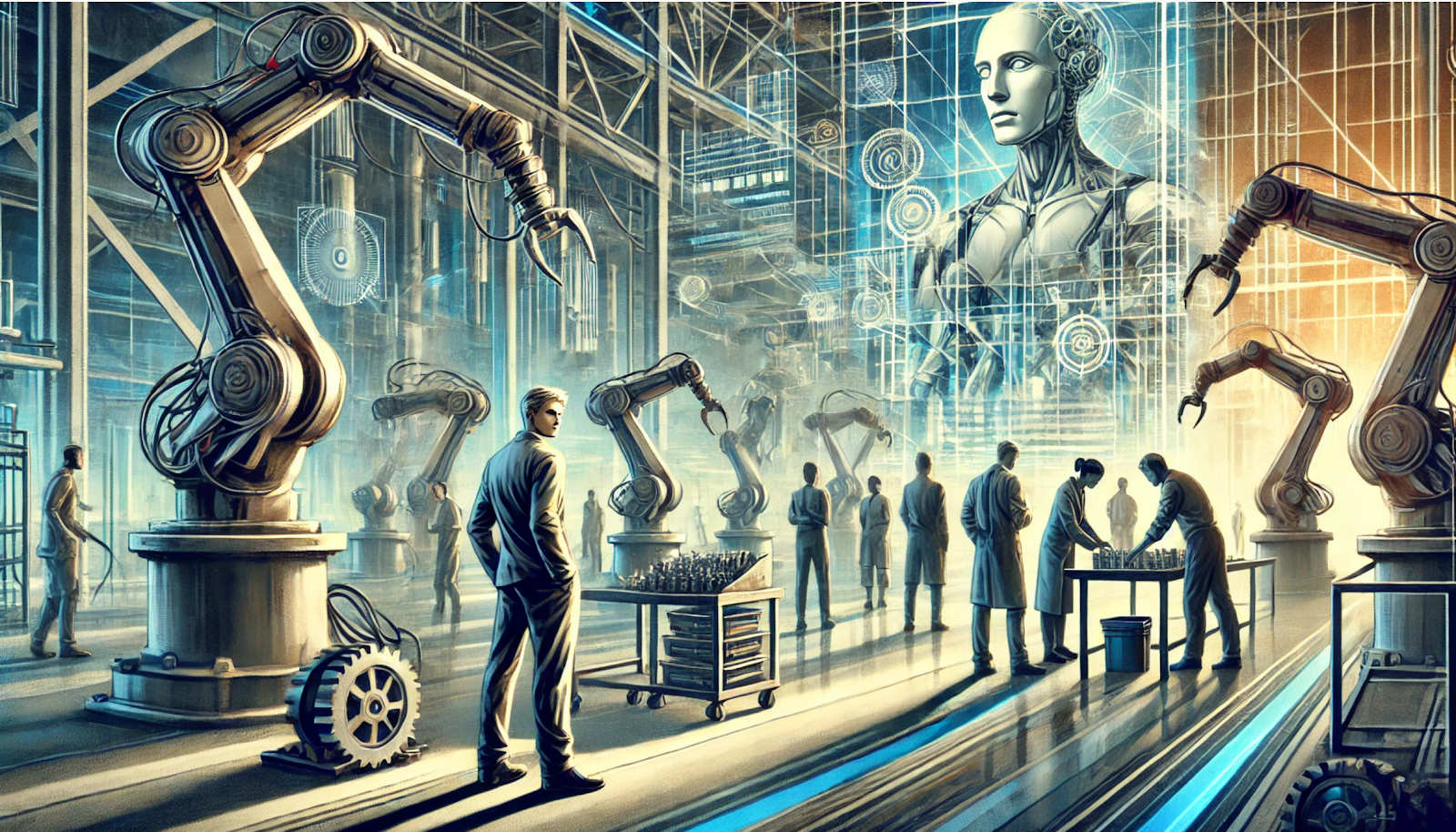Last week, I wrote about how AI tutors often forget not just details—but the learner entirely. That is not a minor design flaw. It points to a deep, structural limitation in how AI handles memory. Current systems do not know how to forget, and they certainly do not know what to forget. Any startup that solves this—really solves it—will not just improve tutoring bots or assistants. It will change the entire trajectory of human–AI interaction.
Human memory is not just bigger or faster. It is smarter. It is shaped by two capabilities AI still lacks: sleep-like reorganization and emotional tagging. These are not metaphors. They are core operating functions. Without them, AI systems cannot manage their memories in any meaningful way. They forget the important things and cling to the trivial. They remain information-rich and understanding-poor.
Consider sleep. We tend to think of it as rest, but it is actually an intense phase of cognitive activity. During sleep, the brain sorts through the day’s experiences. Some are stored. Some are deleted. Others are reconnected to older memories in new ways. This is not storage—it is triage. The brain updates its understanding of the world while we are unconscious.
AI does not do this. Its memories accumulate, but they are not structured. They are not weighted. Nothing in the current architecture mimics the brain’s nightly editorial session. A student can work with an AI tutor for weeks, but the system will never reflect on what kind of learner that student is becoming. It just stores input and generates output. No hierarchy, no synthesis.
That is the first gap. The second is tagging. Humans do not remember everything. We remember what matters—and we know it matters because we felt it. Emotion tags certain events for long-term storage. A moment of clarity. A conflict. A breakthrough. These are prioritized, reinforced, and recalled. The brain flags them as significant, even if they occurred only once. This is why you all remember where you were during a traumatic even like 9/11. This is why you will never forget a frightening encounter with a bear.
AI has nothing equivalent. No built-in way to distinguish a routine command from a life-changing statement. Contextual memory today is driven by frequency, recency, or static rules. It does not learn which moments are defining. It does not develop a memory architecture that mirrors relationship or growth. This limitation is visible everywhere—from tutoring systems that ignore learning epiphanies to companion bots that speak blandly even after years of interaction.
Without emotional tagging, AI cannot assign importance. Without sleep-like reordering, it cannot develop perspective. These two ingredients are what allow human memory to be dynamic, useful, and personally meaningful.
So far, no commercial system has implemented either in a compelling way. There is academic work on memory pruning, neural replay, and adaptive attention. But no product has captured the integration of emotional salience and long-term memory structuring. Not OpenAI, not Google, not the hundreds of startups competing to build the next generation of personal AI.
That leaves a massive opening. A startup that figures out how to replicate these two functions—even in a narrow domain like education or productivity—could leapfrog every existing system. Imagine a tutoring bot that does not just track your errors, but reorganizes its memory of your progress nightly. Imagine a personal assistant that remembers not just what you said, but what mattered to you. Imagine a relationship simulator that actually grows with you over time because it forgets the noise and preserves the signal.
We are not talking about incremental UX improvements. This would redefine what memory means in artificial systems. It would be the difference between an assistant and a partner, between a chatbot and something closer to a mind.
Human memory is not perfect, but it is efficient. It is not just recall—it is strategy. That is what makes it powerful. And that is the standard any serious AI system must eventually meet.
Whoever builds that first—really builds it—will not just fix AI memory. They will redefine the relationship between humans and machines. Any takers out there?













